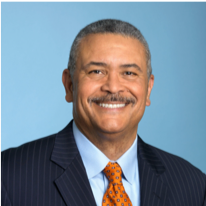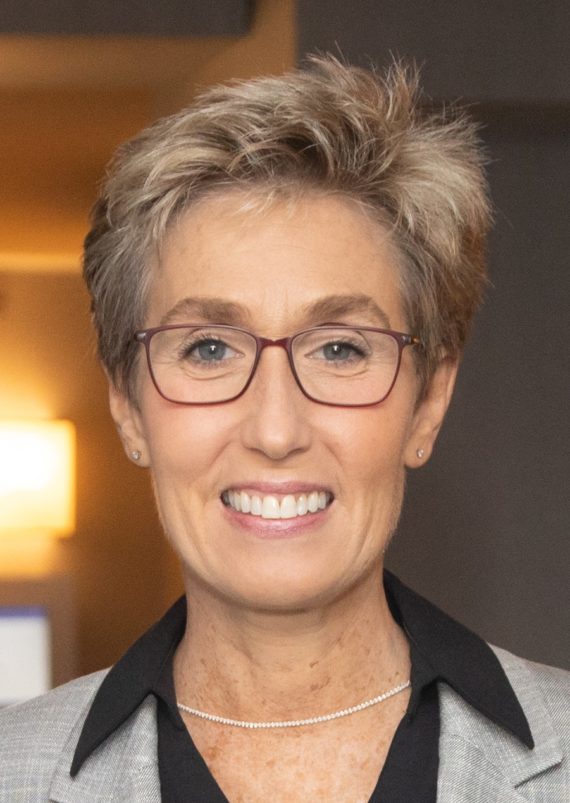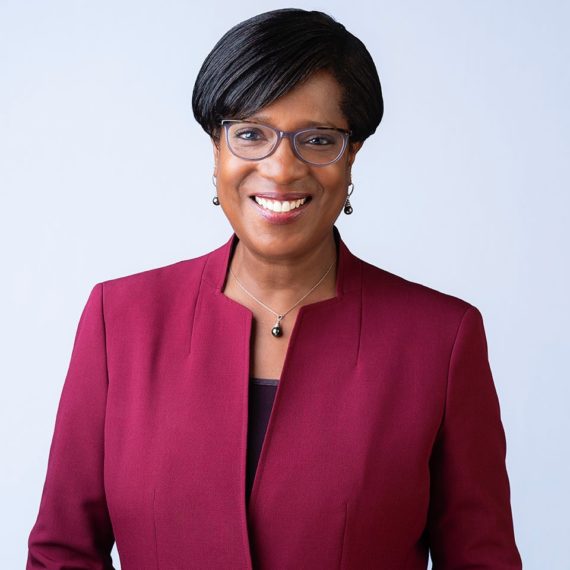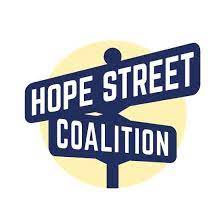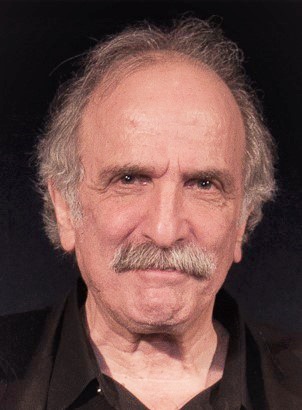
(1-12-21) Long-time peer advocate Harvey Rosenthal answers the four questions that I have been posing to leaders of mental health organizations about their previous accomplishments, priorities and goals going into 2022. Thank you Mr. Rosenthal for responding on behalf of the New York Association of Psychiatric Rehabilitation Services (NYAPRS).
Question One: What was NYAPRS’s biggest accomplishment during 2021?
We’re most proud of our work in coalition with an extraordinary group of NYS criminal justice advocates to help win a landmark ban on horrific solitary confinement for vulnerable individuals that include people with mental health challenges, youth and seniors and new or pregnant Moms. Also, for the opportunities to be able to help fight off proposed deep funding cuts, help craft new peer crisis stabilization and psychiatric rehabilitation models, preserve self-directed care programs and gain another round of funding for a peer led outreach and support model.
